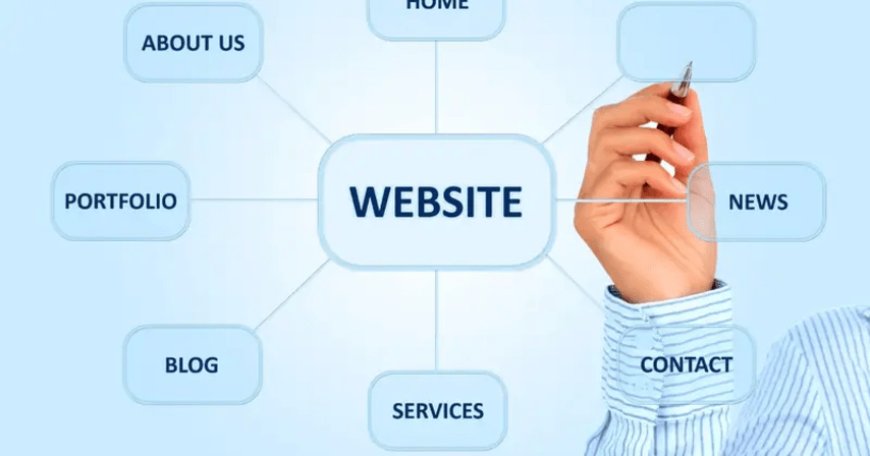Best Practices for Creating High-Converting Landing Pages
Before diving into design, it's crucial to understand exactly who you're trying to reach. Define your target audience and tailor your landing page specifically to their needs and pain points. What are their challenges

In today's digital marketing landscape, landing pages are the workhorses of your campaigns. They're targeted web pages designed with a single goal in mind: to convert visitors into leads or customers. But crafting a landing page that truly compels action takes more than just attractive visuals and persuasive copy.
This article delves into the essential best practices for creating high-converting landing pages that drive results. By following these guidelines, you'll be well on your way to turning casual visitors into loyal customers.
Understanding Your Audience
Before diving into design, it's crucial to understand exactly who you're trying to reach. Define your target audience and tailor your landing page specifically to their needs and pain points. What are their challenges? What are they searching for online? Speak their language and address their concerns directly.
Headline Hero: Crafting a Compelling Introduction
Your headline is your landing page's first impression. It needs to be clear, concise, and capture the visitor's attention within seconds. Here are some tips for crafting a winning headline:
- Focus on benefits: Highlight what your offer solves for the user.
- Use strong verbs: Start with action words that grab attention.
- Keep it concise: Aim for around 6-10 words for optimal impact.
Benefits Over Features: Speak to Their Needs
Don't just list features; explain how those features benefit the user. Focus on the value proposition and how your product or service improves the user's life.
Visual Appeal: Images and Videos That Convert
High-quality visuals are essential for breaking up text and engaging visitors. Use images and videos that showcase your product or service in action, and ensure they align with your target audience.
Clear Call to Action (CTA): The Conversion Cornerstone
Your CTA button is the crux of your landing page. Tell visitors exactly what you want them to do next, whether it's signing up for a free trial, downloading an ebook, or making a purchase. Use strong CTA copy that compels action and make the button prominent and easy to find.
Social Proof: Building Trust and Credibility
People are more likely to convert if they see others trusting your brand. Include social proof elements like testimonials, customer logos, and case studies to build trust and establish your credibility.
Form Simplicity: Streamlining the Conversion Process
Keep your landing page forms concise. Only ask for the information you absolutely need. The fewer form fields, the higher the conversion rate.
Mobile-Responsive Design: Reaching Every Visitor
In today's mobile-first world, it's essential to ensure your landing page is responsive and provides a seamless experience on all devices.
A/B Testing: Optimizing for Success
Don't settle for assumptions! A/B testing allows you to compare different variations of your landing page elements and see which ones convert better. Test headlines, CTAs, visuals, and more to continuously optimize your landing page for maximum conversions.
Conclusion
By following these landing page best practices, you'll be well on your way to crafting high-converting pages that drive significant results. Remember, it's an ongoing process. Always test, analyze, and refine your landing pages to keep them optimized for lead generation and customer acquisition.
Optimizing for Search Engines
For optimal SEO, remember to sprinkle relevant keywords throughout your landing page content, including the headline, subheadings, and image alt tags. However, prioritize user experience over keyword stuffing.
By implementing these best practices and maintaining a focus on user experience, you can create high-converting landing pages that become the cornerstone of your digital marketing success.

 globe97
globe97 










